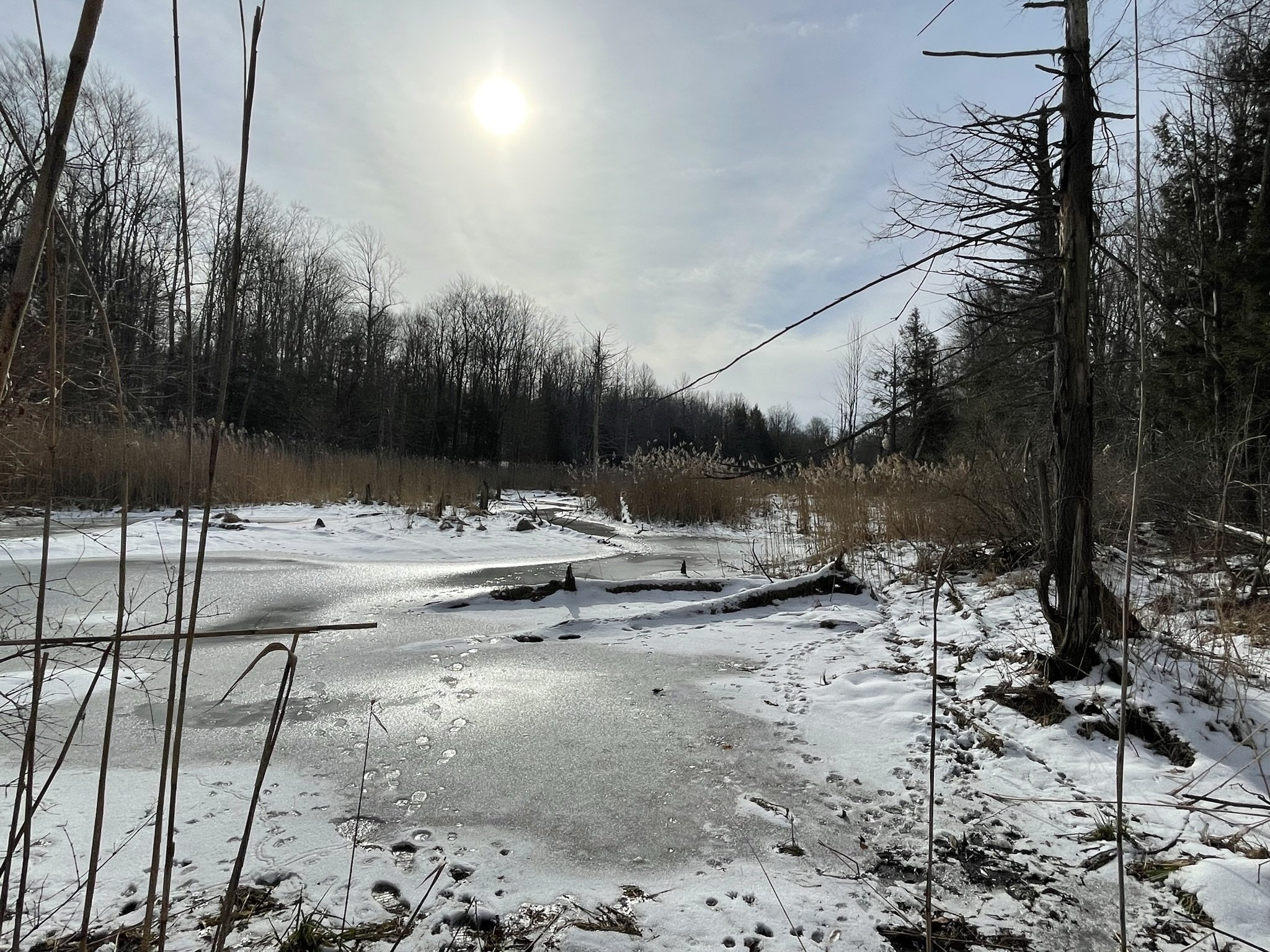During the late 18th and early 19th centuries rampant logging and development, combined with unregulated fur hunting, nearly drove the fisher to extinction.
The fisher — sometimes called a “fisher cat” — doesn’t typically eat fish and is not a cat at all. It’s actually a large member of the weasel family with a big appetite, short legs, and thick dark fur.
Found only in Canada and the northern United States, fishers live in large sections of old-growth woods.
Brought Back from the Brink
Thanks to woodland conservation, trapping regulations, reintroduction programs, and extensive habitat restoration the fisher is no longer endangered.
But around here the rebound has been slow because it’s hard for the fisher to find a good home.
Many local woodlands have been cleared, and most of the remaining lands are not big enough or densely wooded enough, or the trees are too young and small for a fisher to build its den inside.
But your support is turning things around for the local fisher population. Thanks to passionate people like you protecting high-quality woodlands like Brookdale Preserve (Town of Chili), we’re seeing more and more fishers and their tracks.


Managing Woodland Critters
Fishers are skilled tree climbers, excellent swimmers, and stealthy hunters.
Because they eat a wide range of prey, from squirrels and porcupines to songbirds and rabbits, fishers manage the populations of smaller woodland animals that could overeat native plants.
Genesee Land Trust staff look for signs of the fisher because they indicate the woods are healthy.
“I’m always glad to see fisher tracks or spot one on my nature cam because they’re so unique and for decades they didn’t even exist in this area,” Jim Miller says. “This one fisher keeps showing up and it feels almost like our neighbor,” he adds with a chuckle. “It’s fun to watch, and a great sign for the future.”
Martha and Jim Miller have loved and cared for Miller Woods (left) in North Rose for more than 40 years. The passionate land protectors donated a conservation easement to make sure their 62 acres of mature woodlands and creekside wetlands will always be safe. Miller Woods is teeming with wildlife, including the fisher.
Do You Have a Special Place?
There are many conservation options available to keep your land private or open it to the public. If you have a woods, meadow, wetland, creek, or other wildlife-friendly place you want to protect forever, we’d love to learn more.
Please contact Cassidy May, our new Land Protection Specialist, at cmay@geneseelandtrust.org or (585) 580-3121.
Keeping Miller Woods Safe Forever
Jim and Martha Miller once sold a small piece of unprotected woods they owned for more than 40 years and quickly saw what can happen when you give up control.
“A lot more trees were cut down before the land was ready, and that’s his right but not what I would do,” Jim sighs. “We’re so relieved it can never happen in Miller Woods.”
In 2018 the Millers donated a conservation easement to the Land Trust and now work with local scientists to study the land’s plants and wildlife.
Winter Signs of Wildlife
January 25th at 11 am Miller Woods in North Rose Join Jim and Martha Miller for a special walk on their private property to learn where and how to look for signs of wildlife — including the elusive fisher. For more details and to register, please visit https://tinyurl.com/MillerWoods2025


